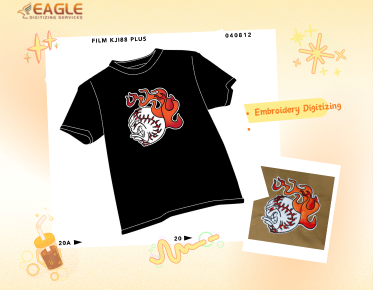Understanding Raster and Vector GIS Data Formats
In the world of Geographic Information Systems (GIS), data is essential for the creation and analysis of maps and spatial information. The data formats primarily used in GIS are raster and vector data formats, each having its distinct applications and advantages. Understanding these formats is crucial for anyone involved in GIS projects or those working with spatial data.
Raster Data Formats in GIS
Raster data formats represent spatial data using a grid of cells or pixels, where each pixel has an associated value. This format is akin to a digital photograph and is well-suited for continuous data such as satellite images, aerial photographs, and scanned maps. Raster data is often used in applications where the display of some phenomena like elevation, temperature, or population density is required over an area. Common raster formats include TIFF, JPEG, and BMP.
The primary advantage of raster data is its ability to represent intricate surfaces and variations in data over large areas. However, one of its limitations is that the data volume can become large, and the spatial resolution can be dependent on the pixel size. Hence, careful consideration of the resolution is necessary when working with raster data to balance detail with file size.
Vector Data Formats in GIS
On the other hand, vector data formats represent spatial data using geometrical shapes like points, lines, and polygons. Each of these geometrical shapes can store different types of spatial data. For example, points can signify locations such as landmarks or crime spots, lines can represent roads or rivers, and polygons can delineate areas such as city boundaries or lakes.
Vector data formats include popular file types such as shapefiles (.shp), geoJSON, and KML. Unlike raster data, vector data boasts the advantage of precision and smaller file sizes for depicting discrete features, which allows it to remain resolute irrespective of scale.
Vector Data ServicesApplications and Importance in GIS
Both raster and vector data formats play vital roles in GIS applications. Raster data is widely used for environmental modeling and remote sensing applications, where spatial variability is key to analysis. In contrast, vector data is invaluable for detailed spatial analysis, including transportation network analysis and urban planning, where precise boundaries and connectivity are analyzed.
Vector Art and Conversion ServicesChoosing the Right Format
The choice between using raster or vector data formats in GIS projects depends significantly on the specific needs of the project. Factors such as the nature of data, required precision, and analysis type influence this decision. Hybrid approaches are also commonplace, where both data formats are used complementarily within the same project for the most informed results.
Beyond Basics: Leveraging Combined Strengths
While each of these data formats has intrinsic strengths, leveraging both can provide comprehensive solutions in spatial analysis. For instance, overlaying vector data like roads on raster images can provide contextually rich maps. Similarly, attributes from vector data can enhance the informational depth of raster data, thereby providing an integrated approach to data analysis.
Future Directions
As GIS technology advances, the integration and processing capabilities of both raster and vector data are expected to improve. The increased accessibility to high-resolution data implies that the applications of GIS in fields like real-time decision making, disaster management, and smart city planning will expand. Thus, understanding and effectively using these data formats hold the key to unlocking future potential.
Vector Magic: Raster to Vector Conversion

